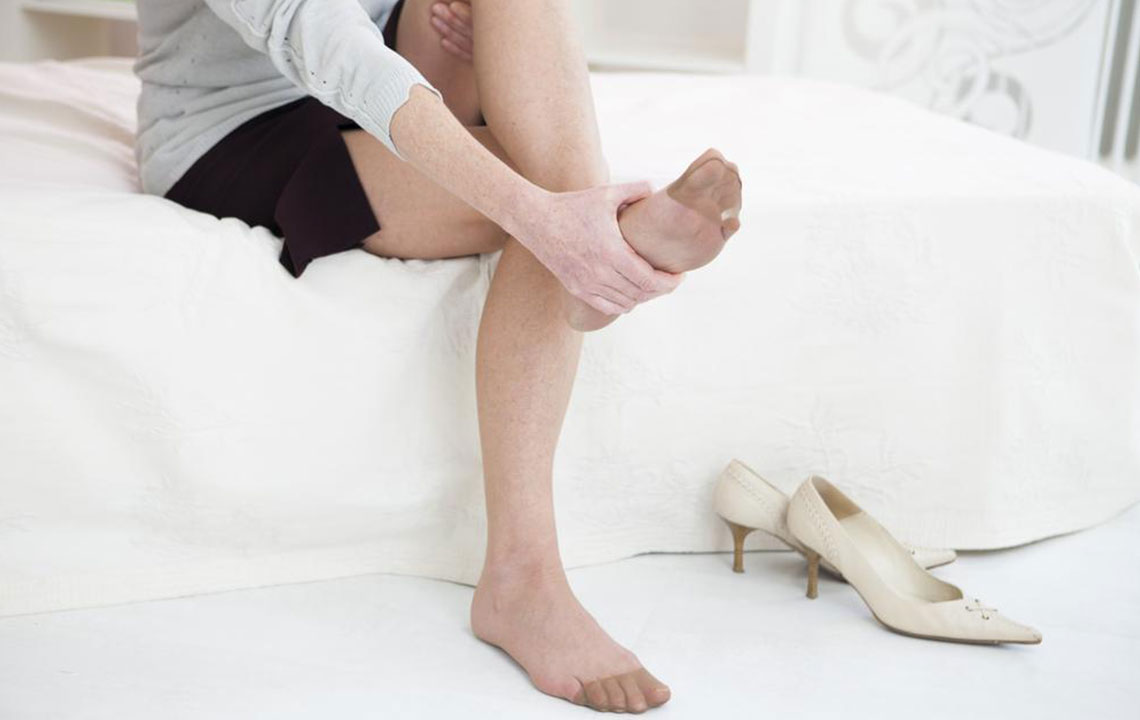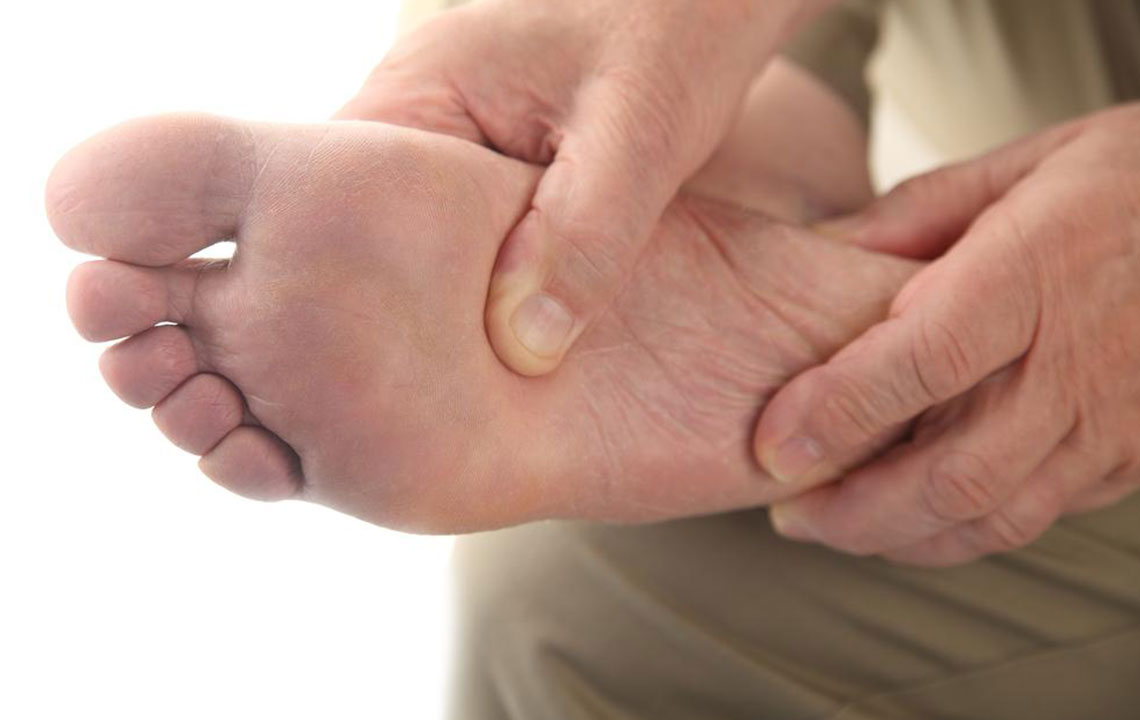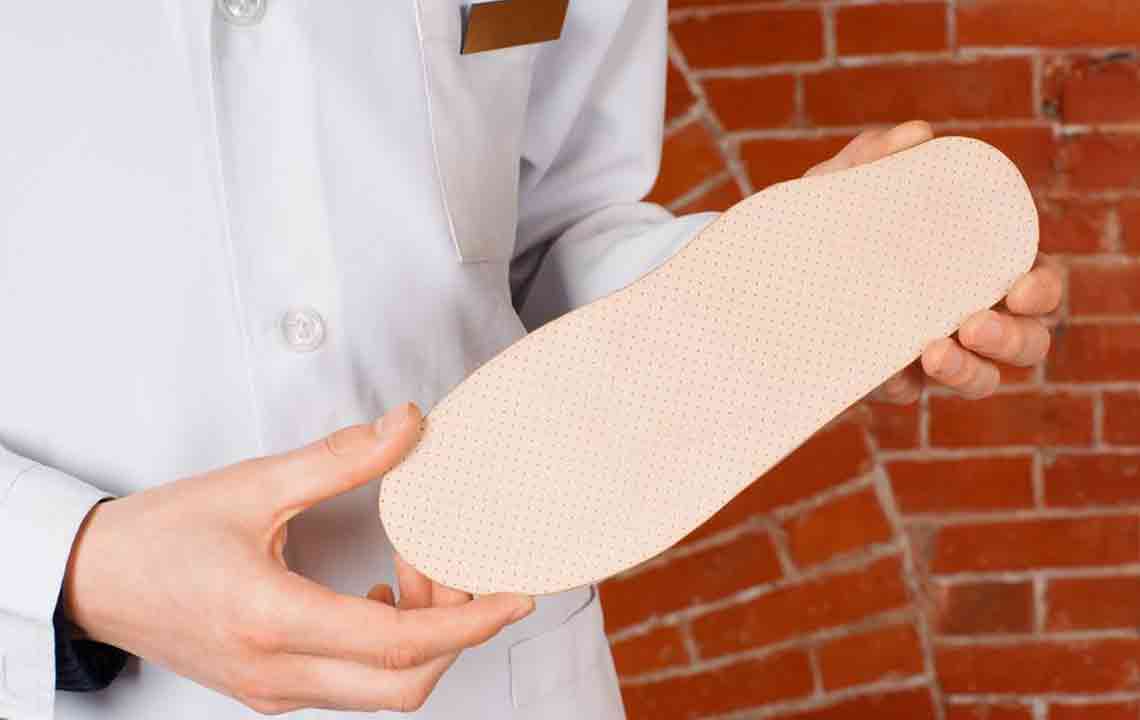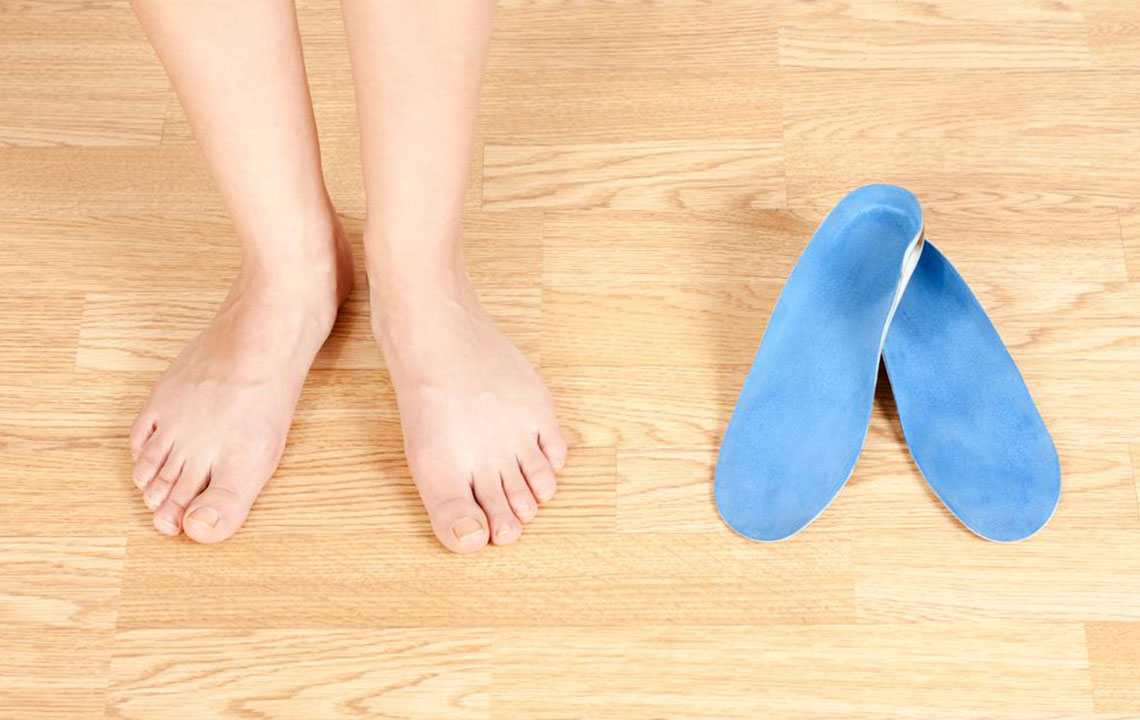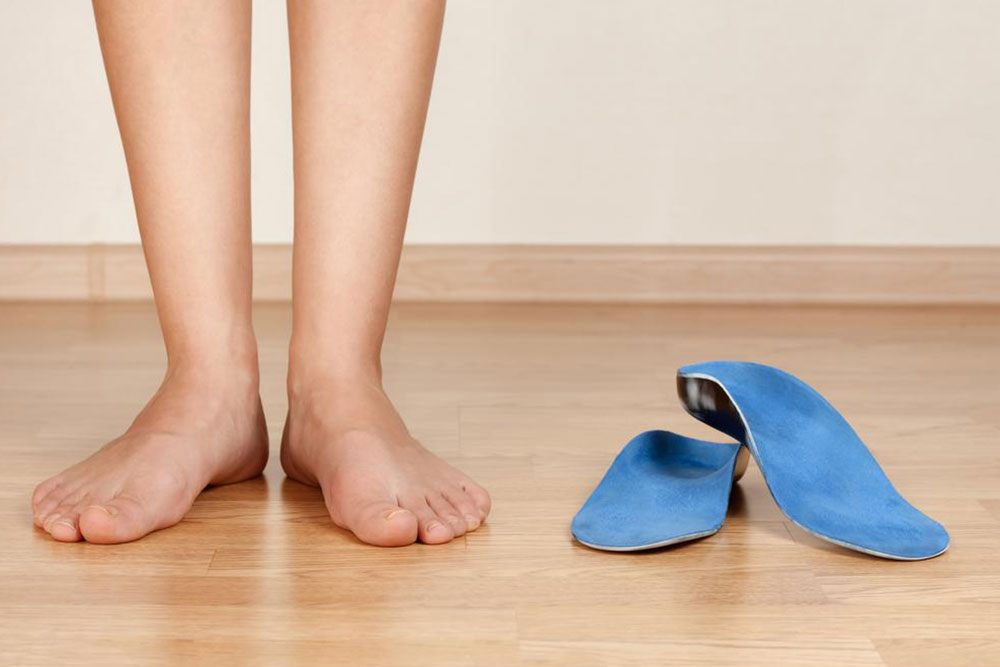Effective Insoles to Relieve Plantar Fasciitis Pain
Discover effective insoles to combat plantar fasciitis pain. This guide explains how orthotic insoles help distribute pressure, absorb shocks, control pronation, and provide comfort. Learn tips for selecting the right insoles and managing the condition with proper footwear and exercises. An affordable solution, insoles can significantly reduce heel discomfort and improve foot health. Consult a podiatrist for personalized advice to find the best insoles tailored to your needs and get back to comfortable movement.
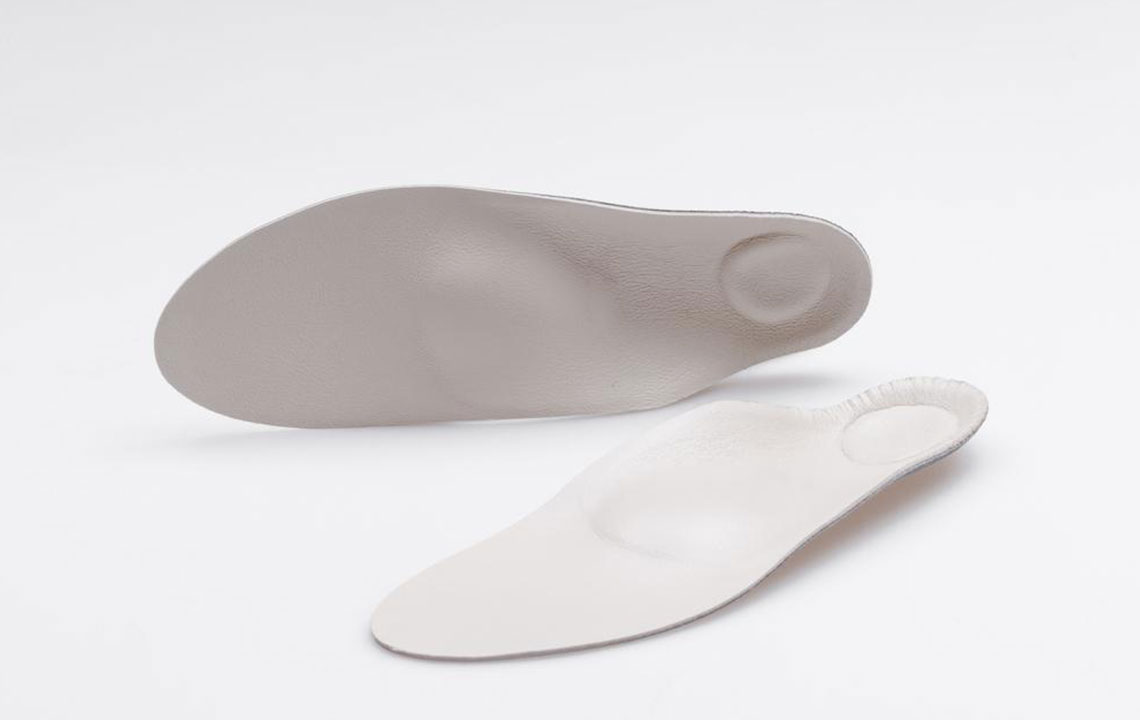
Effective Insoles to Relieve Plantar Fasciitis Pain
Foot injuries can significantly impact daily activities. Since feet support your entire body weight, maintaining their strength and health is essential. One prevalent foot ailment is plantar fasciitis, affecting roughly 10% of the population. Over two million Americans seek treatment annually. Runners are especially prone, but anyone can develop it.
What is plantar fasciitis?
This condition involves inflammation of the plantar fascia, the tissue connecting toes to the heel bone. Heel pain generally worsens in the morning after rest and after prolonged sitting or standing. Movement typically eases discomfort. Overuse of the plantar fascia, wearing unsupportive shoes, obesity, and certain health conditions increase the risk. Symptoms include sharp heel pain, tenderness, and pain radiating into the arch.
To alleviate symptoms, one effective remedy is using specialized insoles designed for plantar fasciitis.
Advantages of using insoles
Regular insoles offer cushioning, but specialized orthotic insoles target heel impact. They help distribute pressure evenly across the foot, reducing injury risk and enhancing comfort.
Shock absorption
Walking, running, and sports exert impact on feet. Insoles absorb shocks, easing pressure and preventing injuries.
Pronation control
Feet rolling inward (over-pronation) can worsen plantar fasciitis. Supportive insoles help correct foot alignment, reducing pain and supporting daily activities.
Bacterial control
While they don't eliminate bacteria, insoles help inhibit bacterial buildup in shoes.
Enhanced comfort
Besides pain reduction, insoles make footwear more comfortable, cushioning the foot for everyday wear.
Choosing the right insoles
Select insoles that fit well; many are trim-to-fit. Consider arch type—neutral, low, or high arches—and select an insole that suits your foot. Materials like foam, gel, leather, or cork offer varying benefits, from support to shock absorption.
Managing plantar fasciitis involves physical therapy, exercises to strengthen foot and leg muscles, and sometimes injections or minimally invasive procedures like Tenex. Avoid uneven or hard surfaces and wear supportive shoes with insoles. Stretching and using specialized footwear can also help reduce strain.
Insoles are an affordable, accessible method to ease plantar fasciitis symptoms. Consult a podiatrist for personalized recommendations, especially if pain persists.

